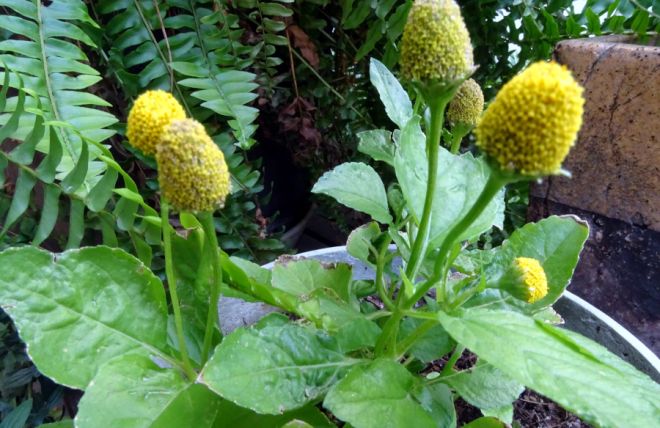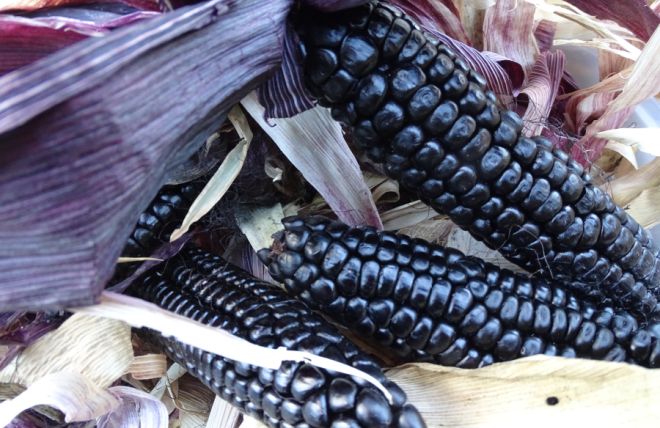How to save tomato seeds: the basic method
Step #1: Choose Your Tomatoes
Save seeds from “open pollinated” (OP) or heirloom tomatoes. These are tomato varieties are true to their type from their own seed, which means the next season’s plants maintain the same characteristics as they previous one. Hybrid tomatoes, on the other hand, are bred from two parents of different varieties. Because of that, it’s questionable whether or not they produce seeds that keep their characteristics from season to season. Select your tastiest and healthiest heirloom (OP) tomatoes from which to save seeds.
Step #2: Extraction
-
Wash tomatoes from which you will save seeds.
-
Slice the tomato in half on its equator or cut an 'X' on the blossom end.
-
Either sqeeze the tomato or scoop out the seeds. Place them in a bowl, cup or jar. Reserve the remaining tomato to eat fresh or use to make salsa.
-
Add enough water to the tomato seeds and pulp (depending on the juiciness of the tomato) to make a soupy consistency. Stir the mixture to loosen the pulp from the seeds.
-
Cover the container with cheesecloth. If using a jar, punch holes in the lid or don’t screw it on too tightly. Air circulation helps fermentation.
-
Label the container with the name of the tomato variety. Don’t trust your memory!
-
Set the container in a warm, protected area, such as on top of the refrigerator or in the water heater closet. The ideal temperature for fermenting seeds is 70º-80º F. Try to avoid drafty areas. If your house is cool, or you can’t find a warm area, seeds will still ferment but the process may take a day or two longer.
Step #3: Fermentation
The key to this step is careful observation. Watch closely to note when fermentation begins.
-
Each day, remove the covering from the container. Stir the seed liquid. Replace the cover. Set the container back in its warm area. Repeat for 2-7 days (on average 4-5 days), depending on the temperature of your house and the area in which seeds are placed to ferment.
-
As the mixture ferments, it will turn darker and emit odor. Look for three additional signs of fermentation:
-
seeds separate and sink to the bottom of the cup as you stir
-
a white, foamy mat will form on the top.
-
bubbles start to rise to the top of the container
Fermentation helps dissolve the gel casings around the seeds.
-
-
Remove seeds from the liquid as soon as fermentation begins. If you allow seeds to stay in the liquid as it ferments, they may begin to sprout.
Step #4: Rinsing
There are three purposes to rinsing: you want to stop the fermentation process, separate the pulp from the seeds, and separate the good seed from the bad. Take these steps to properly rinse tomato seeds.
-
Remove foamy mold from top of container.
-
Rinse seeds. Add water to fill the container. Swirl or stir the mixture several times and then wait about 10 seconds. Good seeds will sink to the bottom of the container; bad seeds will float to the top. Pour off the liquid and bad seeds.
-
Repeat the rinsing process as many times as you need until all pulp, mold, and debris is rinsed from the seeds, all remaining seeds have settled to the bottom of the cup, the water is clear, and no seeds float to the top of the cup. It’s important to continue to rinse the seeds in the container in order to separate out bad seeds as they float to the top.
-
When seeds are thoroughly rinsed and sorted in the container, pour them into a wire straiver or sieve to wick out the remaining water.
Step #5: Drying
-
Spread the rinsed seeds in a single layer on a paper plate, glass dish, mesh screen placed over a plate, parchment paper, waxed paper, or coffee filter to prevent sticking. Avoid drying seeds on ceramic, metal, or plastic, which don’t breathe and don’t allow water to wick away from seeds. Label each tomato variety.
-
Set seeds in a warm area to dry, away from direct sunlight. The top of a refrigerator works well.
-
Shake plate or stir seeds daily to prevent clumping and allow even drying. Spread seeds in a single layer after stirring. When seeds are exposed to air, they dry quicker.
-
Seeds will dry in 1-2 weeks.
-
Seeds have difficulty drying in high humidity and high temperatures. If exposed to those conditions during the drying process, wet seeds may sprout.
-
Do not heat seeds as they dry. Never place them in an oven.
Step #6: Storage
-
Store dry seeds in small containers, paper envelopes or zipped plastic bags.
-
Make sure seeds are 100% dry before storing them, especially if using plastic bags. Otherwise, extra moisture will be locked into plastic bags and spread to all seeds, allowing mildew and rot to spread and ruin the whole batch.
-
Add silica gel packets to saved seed bags as an additional moisture deterrent and to increase shelf life.
-
Label seeds with variety and date.
-
Store seeds in a cool, dry place. Many gardeners store tomato seeds in the refrigerator or freezer.

